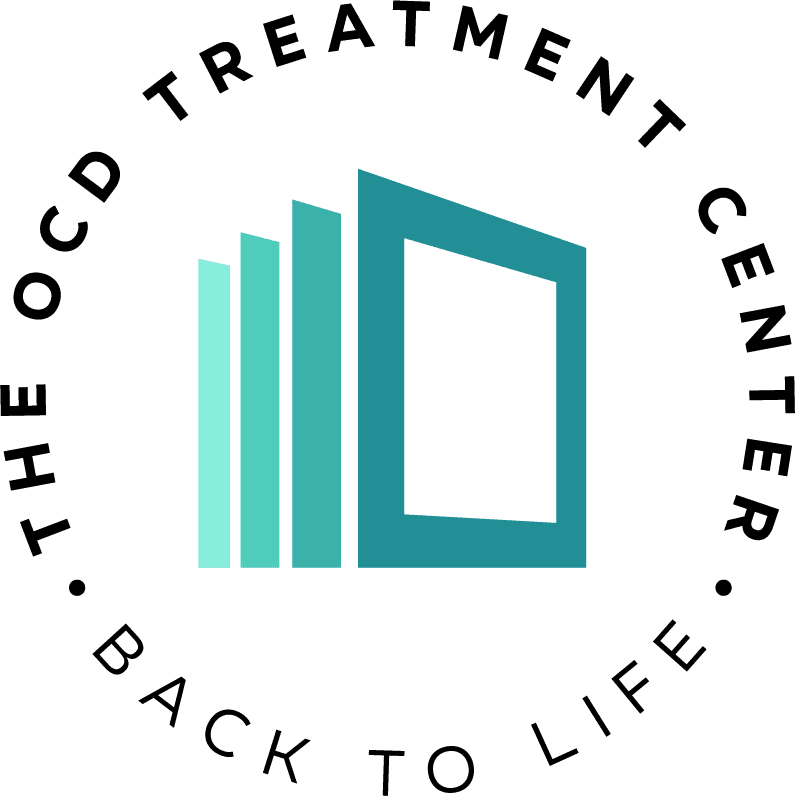How to Find an Intensive Outpatient Program (IOP) for OCD
What is an Intensive Outpatient Program (IOP)
An Intensive Outpatient Program is a structured treatment program that provides comprehensive mental health care on an outpatient basis. These programs are designed for individuals who need more support than traditional outpatient therapy but do not require the round-the-clock care of inpatient hospitalization.
What It Means: Outpatient Therapy, IOP, PHP, Residential, Inpatient
If a client is engaging in outpatient therapy, it means they spend most of their time away from the treatment facility. Traditional weekly meetings with a therapist is the lowest level of outpatient care we offer at our facility and is considered outpatient therapy. An Intensive Outpatient Program, or IOP, is a higher level of care than traditional outpatient therapy. IOPs vary in how they are offered depending on the facility and what they are treating but it usually involves several hours a week, usually multiple times a week meeting one-on-one with a therapist or with a group. The client spends most of their time away from the facility but still engages in multiple hours of therapy multiple days a week. A Partial Hospitalization Program, or PHP, offers a higher level of care than an IOP and usually involves the client attending the facility for a significant portion of the day and week while still living at home. It usually involves the client attending the therapy for 5-8 hours a day, around 4-5 days a week. Residential treatment involves the client staying overnight and living at the facility and involves being in a care facility for 24 hours a day, seven days a week. This can last anywhere between a few weeks to several months depending on the program and the level of care the client needs. A residential program is an Inpatient program. Inpatient means that the client is staying overnight at the facility during the duration of their treatment.
Ways to Do Therapy in an Intensive Outpatient Program (IOP)
It is important to consider what you are looking for in regards to how treatment is done as an IOP can involve group therapy, all one-on-one therapy, or a mix of both. While our intensive outpatient program does not involve any group therapy, some clients are looking for a group aspect in therapy and find that helpful so it is important to consider you or your loved ones wants and needs when looking into intensive outpatient programs. Outside of group and individual therapy, some programs involve the client spending time alone in a room doing work provided to them by a clinician without a group or a therapist with them during a portion of their time at the facility while a clinician checks on them regularly. Finally, homework is often times an important aspect of treatment and requires the client to practice the skills and techniques they learn in therapy outside of the therapeutic setting. Homework is an important part of treatment here at The OCD Treatment Center and many other facilities.
It is important to note how the therapy is done as well. Some IOPs are able to be done through telehealth sessions, and some involve going off facility grounds to engage in other types of therapies such as at home visits or visits to public places. Also, some facilities have psychiatrists on staff to be able to offer medication management while the clients are doing the IOP. Because of all the different ways therapy for OCD can be done and the ways it can vary between IOPs, check with the facility you are looking into to find out how their therapy works and what a typical day or week of doing an IOP at their facility looks like so you can find what best fits you or your loved ones needs. The International OCD Foundation website has a list of OCD specialists that you can filter to those that offer an intensive outpatient program.
Types of Therapies for OCD
During an intensive outpatient program, the client will engage in several types of therapies. Typically, this includes a psychoeducation portion to speak with the client about what their diagnosis is, why it happens, how it is treated, and what types of treatment they will experience during their therapy. When looking for an IOP for OCD, it is important to make sure the IOP offers Exposure and Response Prevention, or ERP, as it is the most effective therapy we currently know of for treating OCD. Typically, therapists will also use Acceptance and Commitment Therapy, Exposure Therapy, Cognitive Behavioral Therapy, Mindfulness-Based Behavior Therapy, and other types of evidence-based therapies the clinician has experience using. The therapist will find which of these therapies are most helpful based on the clients diagnosis and what the client responds best to and continue to work with the client using these therapies over the course of treatment. Many of these therapies are also used to treat other diagnoses so it is important that you find an IOP that is specifically for treating OCD as sometimes a more general IOP will not provide the specialized treatment someone suffering from OCD needs.
What is Exposure and Response Prevention (ERP)?
Exposure and Response Prevention, or ERP, is a type of therapy that is highly effective for treating OCD. ERP focuses on exposing individuals to situations or thoughts that trigger their anxiety or obsessions and then preventing the compulsive behaviors or avoidance tactics they might use to reduce their anxiety. Starting with the least anxiety-provoking situation, the individual is gradually exposed to their fears. Exposure can be in vivo (real-life situations) or imagined (mental visualization). During exposure, the individual is encouraged to resist the urge to perform their usual compulsive behaviors or avoidance strategies. Over time, repeated exposure and prevention of the response leads to a decrease in anxiety and distress. The individual learns that their fears are unlikely to come true or are manageable without resorting to compulsive behaviors. ERP is an extremely important component of treating OCD so finding an IOP that uses ERP is highly recommended.
Facility Requirements and Admissions for an IOP
Many facilities have qualifying requirements that a client must fit before they will do an intake appointment with them. Some facilities only work with certain age ranges of clients such as only adolescents ages 13-17 or only clients ages 18+. Also, commonly for an IOP, the client is required to have a certain level of cognitive ability and cannot be actively suicidal. Oftentimes, a facility will require the client do an assessment or an intake appointment before agreeing to admit a client to their facility for an IOP or any other type of treatment. This initial appointment is to get an idea of who the client is and what they are struggling with. Because different facilities have different requirements, this appointment is a good way for the therapist to gauge whether their facility is a match for the client and also to get an idea of how best to go about treatment. Not only is it helpful for the clinician but it is also a good opportunity for the client to gauge whether the facility is a good fit for them. OCD treatment can be tough both emotionally and physically so it is important they feel comfortable at the facility and feel like it aligns with their personal and treatment related goals.
Insurance and Cost Information
Costs vary among programs as well and it is important to consider your needs financially as well as therapeutically. Some programs will take insurance and provide insurance assistance while many are out of network for all insurance. When looking for programs, consider the financial commitment you are able to make as costs range greatly between programs and facilities.
Different insurance plans offer different benefits and it is important to consider this if you are looking to have insurance cover some or all of the treatment. While many OCD Treatment facilities are in network, many facilities are not in network with any insurance. If the client has a PPO plan with their insurance, it usually means they will have out-of-network benefits so they can get reimbursement if they go to a provider that is not in network with their insurance. If you are curious to know if you have out of network benefits, call the member services number on the back of your insurance card and they will be able to inform you on if you have out-of-network benefits and what the reimbursement rate (sometimes called a co-pay) would be. They will also be able to tell you what your deductible is if you have one so you can know how much you need to pay and how much of it is met before the out-of-network benefits apply. If you have an HMO plan but are looking to get treatment from an out-of-network provider, the HMO plan will likely not offer any out-of-network benefits but sometimes the clients are able to get a single case agreement where the insurance provider agrees to pay for the out of network service one time. If you or your loved one is looking for treatment that is in network there are many facilities that are in network with various insurance providers. When looking at you or your loved ones in network options, we recommend making sure the facilities specialize in treating OCD and offer ERP therapy to ensure they offer the care for OCD that is needed.
No Treatment is One-Size-Fits-All
Treatment for OCD is offered in so many different ways at many different facilities and different clients have different needs. What works extremely well for one person might not work for another so it is important to find a facility that offers treatment that fits what is best for you or your loved one.
Source
The International OCD Foundation. (2022). Retrieved 29 July 2024, from https://iocdf.org
Related Posts
What to Do if You or Your Loved One is Diagnosed with OCD
What OCD is, The Next Steps, Finding Treatment What is OCD? OCD, or...
Are OCD and Tics Related — What the Studies Really Say
When someone experiences both intrusive thoughts and repetitive movements, it’s...
ACT for OCD: How It Works + 5 Proven Techniques That Help
Obsessive-compulsive disorder (OCD) can leave people feeling stuck in exhausting...
OCD or Perfectionism? Decoding the Differences & How to Address Them
When it comes to mental health and personality traits, the line between certain...



